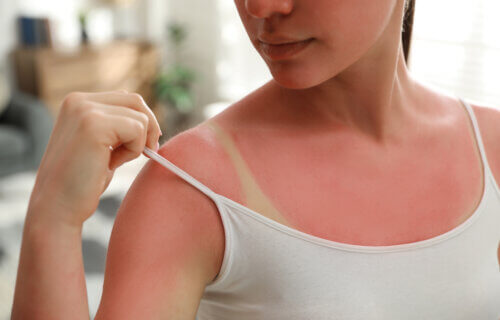The List: Best Sunburn Remedies, According to Experts
1. Aloe Vera
Perhaps the plant most synonymous with sunburn relief, aloe vera is certainly good at the job. Overflowing with healing properties, this method is best when sourced straight from the plant. But if you’re in a pinch, many experts say that a high-quality gel or moisturizer containing aloe will provide much of the same benefits. As MD Now puts it, “packed with powerful nutrients that speed up healing, aloe vera is one of the best remedies for sunburn. Cut the leaves of an aloe plant or buy it bottled. And then continue to apply it as topical ointment to soothe the sting and reduce the redness.”
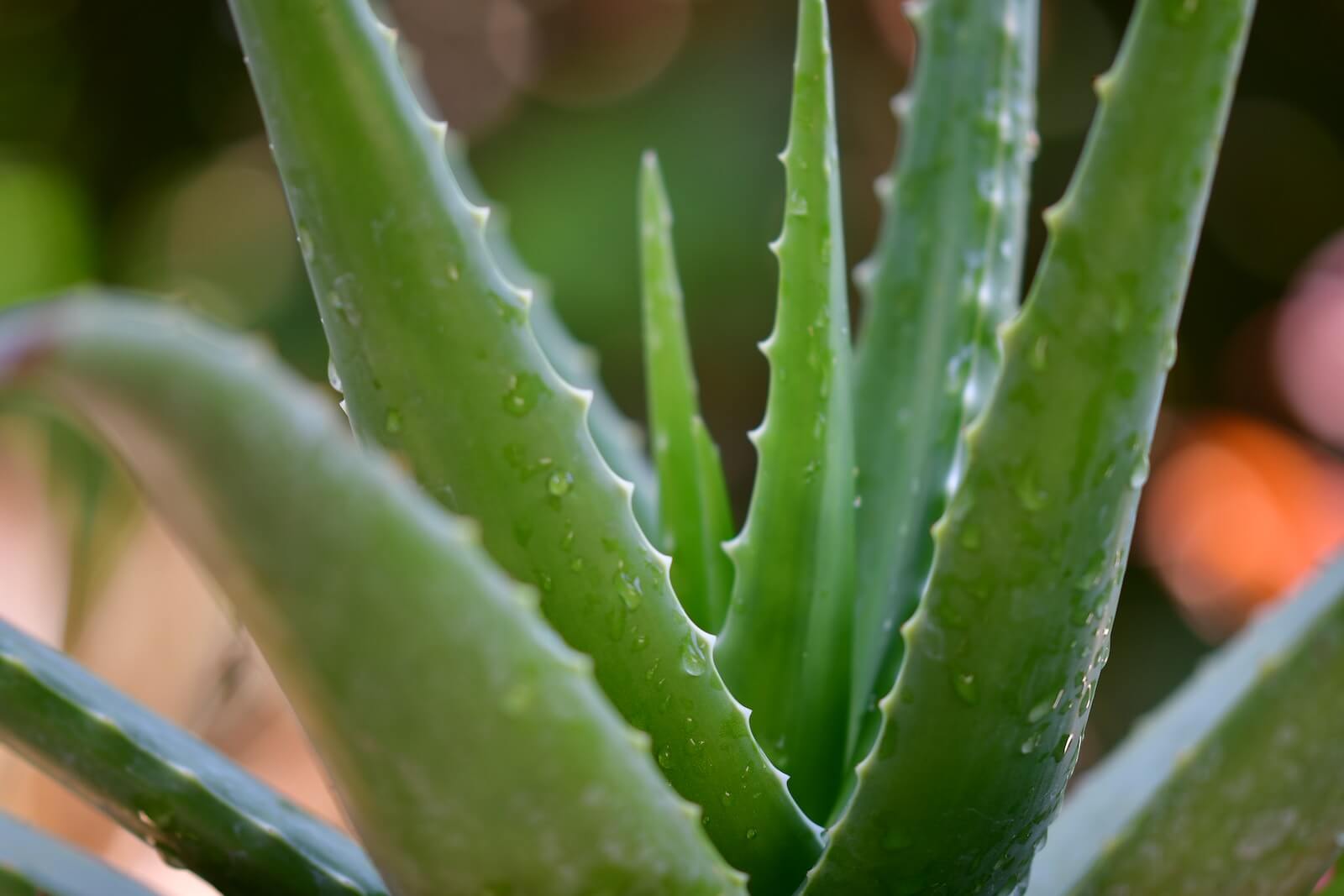
“If you don’t have an aloe vera plant in your house, you should get one,” urges Healthline. “The gel inside this succulent plant has been used for centuries for all sorts of ailments, from upset stomachs to kidney infections. It’s also the sunburn relief most commonly found over the counter. Breaking off a chunk of the plant and applying the gel directly to the skin provides immediate, soothing relief from the sting of minor sunburn. If you can’t get your hands on a plant, try a 100 percent aloe vera gel.”
Of course, aloe vera offers an immediate cooling sensation when applied to the skin. But what you may not know is that it also works on a deeper level to help restore your skin to a healthy state. The coolness of the gel may feel nice in the moment, but you’ll feel even better when you know what is going on beneath the surface. As Allina Health puts it, “aloe contains chemicals that have anti-bacterial and anti-inflammatory properties. Make sure you use 100% aloe products to soothe your sunburn.”
2. Cool Bath/Shower
Just as you’d blast the AC to cool off from the hot outside air, taking a cool bath or shower can help cool your burnt skin. And unlike your typical cold shower, it should be enjoyable to feel cool. “Take frequent cool baths or showers to help relieve the pain,” suggests American Academy of Dermatology. “As soon as you get out of the bathtub or shower, gently pat yourself dry, but leave a little water on your skin. Then, apply a moisturizer to help trap the water in your skin. This can help ease the dryness.”

An added bonus of this method is that it doesn’t have to wait until after you’re out of the sun. As soon as you notice you’re burning, hopping in cool ocean or lake water can help prevent additional burning and soothe any existing damage. “Sunburn, basically, is inflammation of the skin. One of the easiest ways to treat inflammation is to cool down the affected area,” explains Healthline. “An effective way to immediately help sunburn, even while you’re still outside, is to hop in the water, whether it’s an ocean, lake, or stream. Dipping in and out throughout the day can help keep sunburn from worsening. You can also try hopping in the bath to help cool and soothe your skin.”
It’s worth mentioning that a cool shower or bath will be less helpful in healing your sunburn if you use harsh soaps or other bath products. “After a long day in the sun, the first thing you want to do is rinse off—but you should think twice before sudsing up. Soaking in a bubble bath and using soap can dry out and irritate sunburned skin. A cool bath (sans bubbles) is a better option,” advises Prevention. “If you must use soap while you wash, reach for something mild like Johnson’s Baby Head-to-Toe Wash and carefully rinse it all off—leftover soap residue can be extremely drying, which will only make your sunburn feel worse.”
3. Drink Water
This may be obvious, but your body needs water even more than usual after a sunburn. It’s important to place an added emphasis on proper hydration when healing your skin from a burn. As Healthline says, “as your skin is battling the damage from the sun’s rays, it needs moisture that it lost during your time out in the sun. If you aren’t already drinking your eight glasses of water a day, a nasty sunburn should be reason enough to get you to start doing so.”
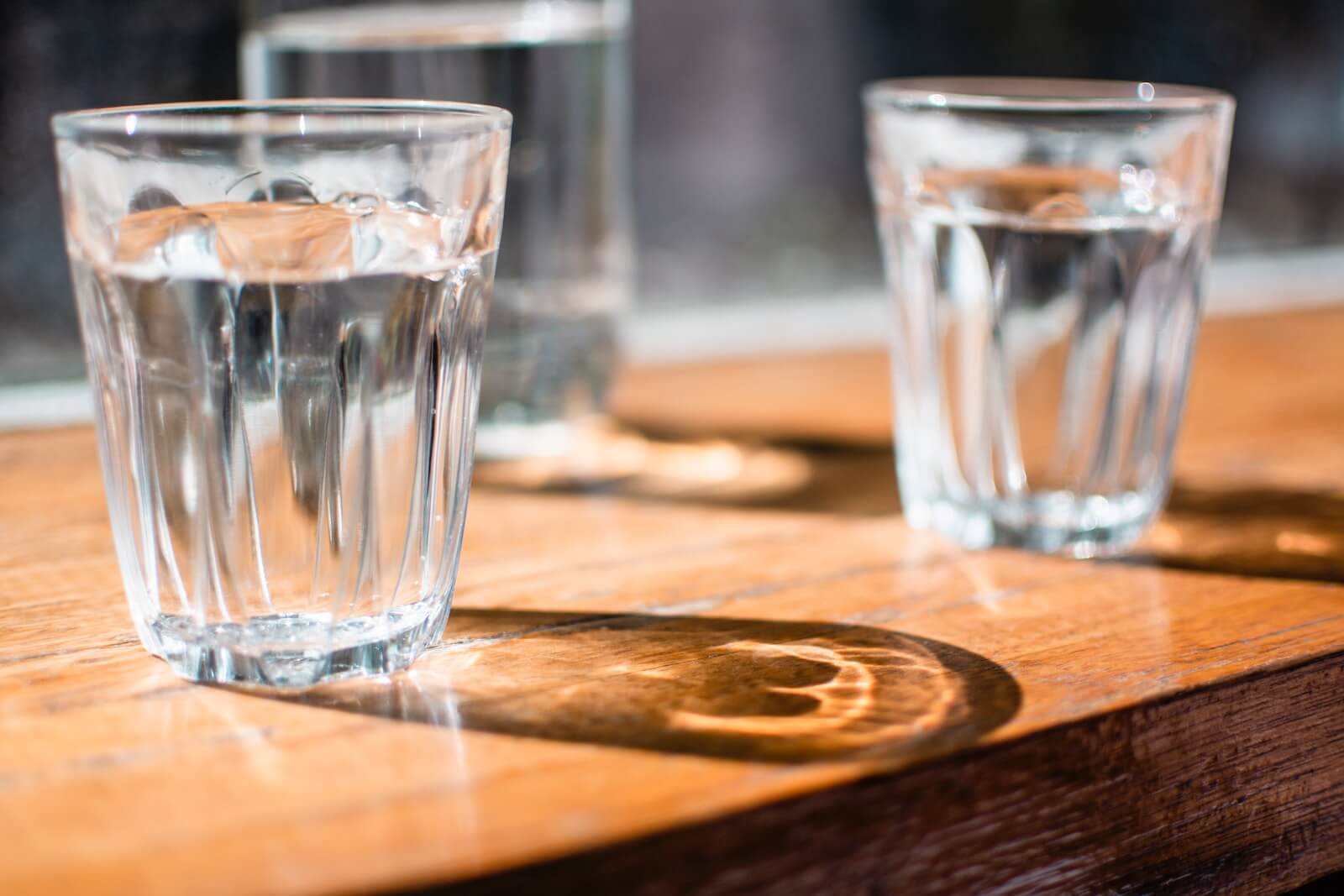
Time in the sun can actually leave you dehydrated, so filling up that water glass can be an important first step toward healing and restoration. Even after you’ve finished the typical recommended amount of ounces, it’s not a bad idea to keep hydrating when you’re burnt. “Drink extra water,” recommends American Academy of Dermatology. “A sunburn draws fluid to the skin’s surface and away from the rest of the body. Drinking extra water when you are sunburned helps prevent dehydration.”
If you struggle with getting enough water on a normal day, it’s also possible to supplement your hydration with snacks. “You need to drink plenty of water to help counteract the drying effects of a sunburn,” explains Prevention. “But if you can’t guzzle fast enough, snack on hydrating fruits and vegetables, like watermelon, cucumber, strawberries, tomatoes, grapefruit, and cantaloupe—all of which are more than 90% water.”
4. Pain Relievers
You probably know to reach for the pain medication when a particularly bad headache hits, or when you’re experiencing muscle aches or cramps. But did you know that pain relievers can also help alleviate discomfort from a sunburn? While it may not be a permanent solution, it’s a great way to catch a break from the pain and get some much needed rest. As the American Academy of Dermatology suggests, “consider taking aspirin or ibuprofen to help reduce any swelling, redness and discomfort.”
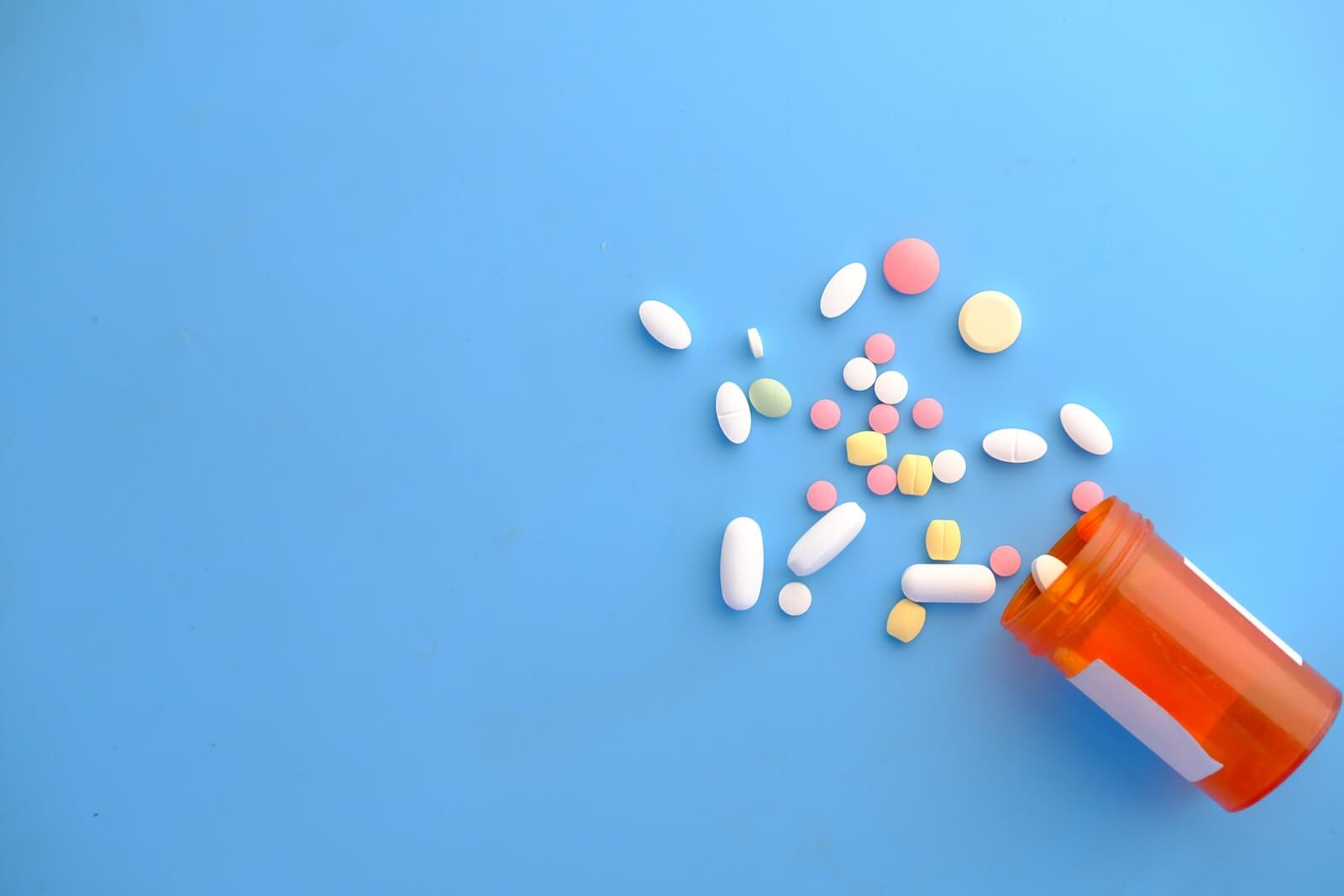
Popping a mild pain killer can help significantly when it comes to your quality of life while dealing with a burn, particularly for more severe sunburns, management of your pain is a great way to avoid picking at your skin and causing further irritation. “This old standby can help relieve the pain, itching, and swelling of a mild to moderate burn,” says Prevention of over-the-counter Advil. “Acetaminophen and ibuprofen will work just as well; follow label instructions for dosages.”
Topical methods are a great way to kickstart the healing process, but it’s also a good idea to get a head start on pain management with a bit of medication. As Mayo Clinic advises, “for pain relief, take a nonprescription pain reliever as soon as possible after getting too much sun. Examples include ibuprofen (Advil, Motrin IB, others) and acetaminophen (Tylenol, others). Or try a gel pain reliever that you rub on the skin.”
5. Cold Compress
When you’ve already applied several of the methods on this list (or any others) and still want an extra dose of cooling relief, look no further. A cold compress is a great way to quickly bring down the temperature of the skin and provide a necessary reprieve from pain. As Parents explains, “you can also try a cold compress to reduce heat, pain, and swelling. Wrap an ice pack or a bag of frozen veggies in a soft towel and apply to the burn. Never place ice directly on skin, as it can cause more damage. Use the cold compress throughout the day for 10–15 minute intervals.”
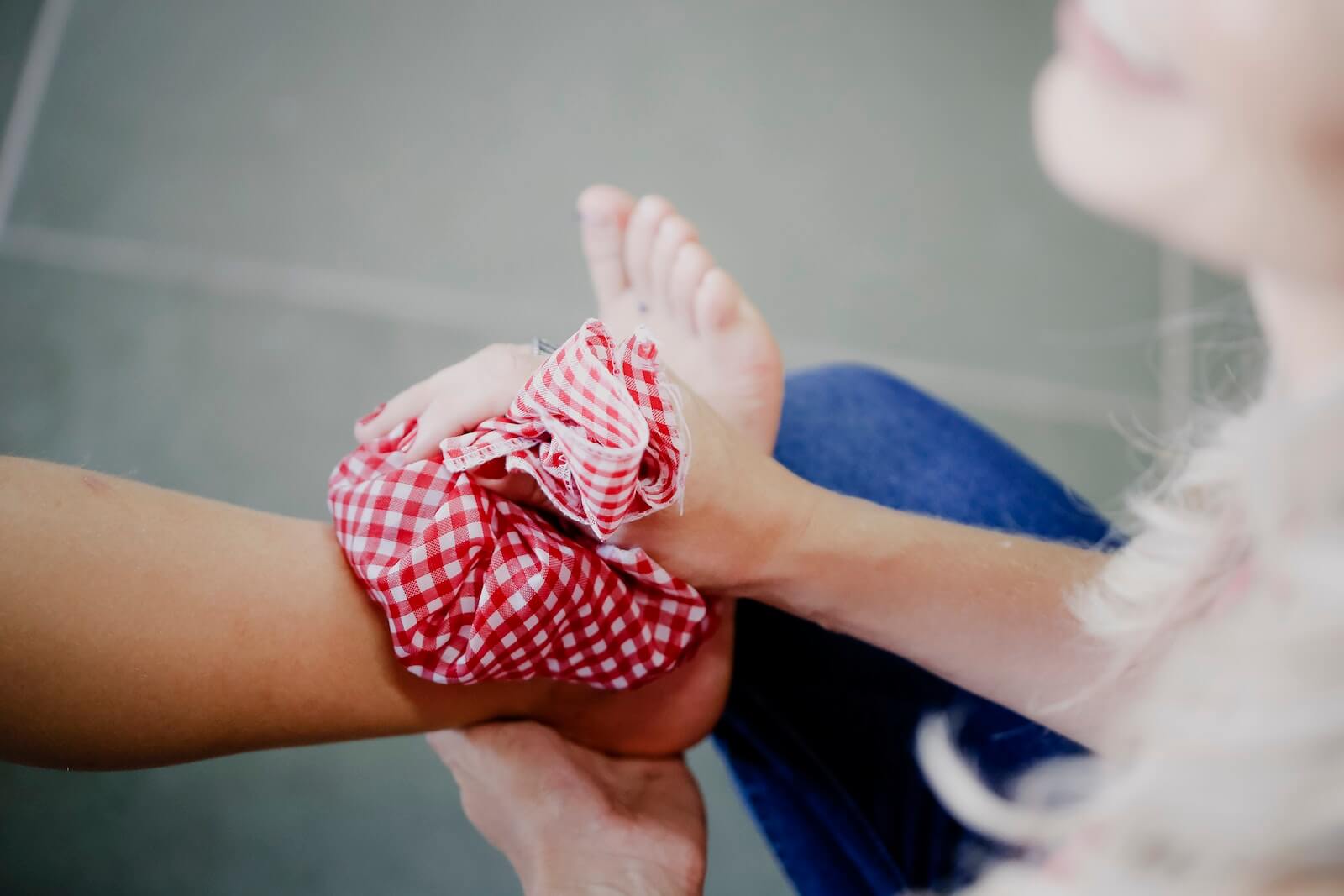
“Follow your urge to reach for something cold, but make sure to do it right. Wrap an ice pack in a damp cloth and hold it over the burn. This will absorb some of the heat from your skin, constrict blood vessels, and reduce swelling,” adds Prevention. “Ice-cold water is also an option. Pour water and ice into a bowl, soak a cloth in the liquid, and place it over the burn. Repeat this process every few minutes as the cloth warms up. Apply the compress several times a day for 10 to 15 minutes for quick relief.”
You can also check your kitchen cabinets for some baking soda, as this unsuspecting ingredient can help bring your cold compress to the next level of healing power. As Business Insider suggests, “adding a small amount of baking soda to the cool water you dip the cloth in can also help soothe skin. That’s because it contains anti-inflammatory properties, which relieve pain and itching.”
You might also be interested in:
Sources:
- American Academy of Dermatology
- Allina Health
- Prevention
- Mayo Clinic
- Healthline
- MD Now
- Today
- Parents
- WebMD
- Business Insider
Note: This article was not paid for nor sponsored. StudyFinds is not connected to nor partnered with any of the brands mentioned and receives no compensation for its recommendations. This article may contain affiliate links.
